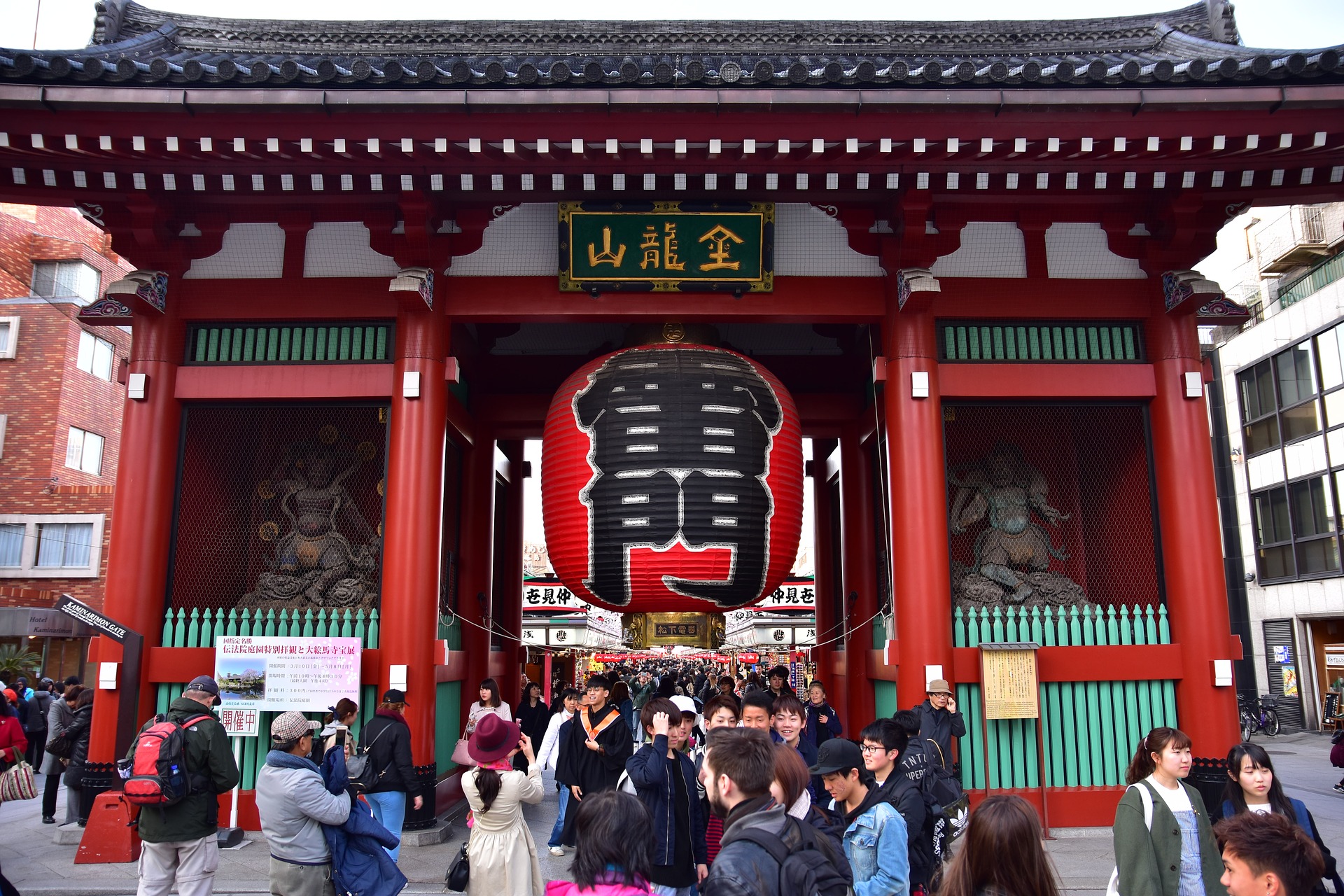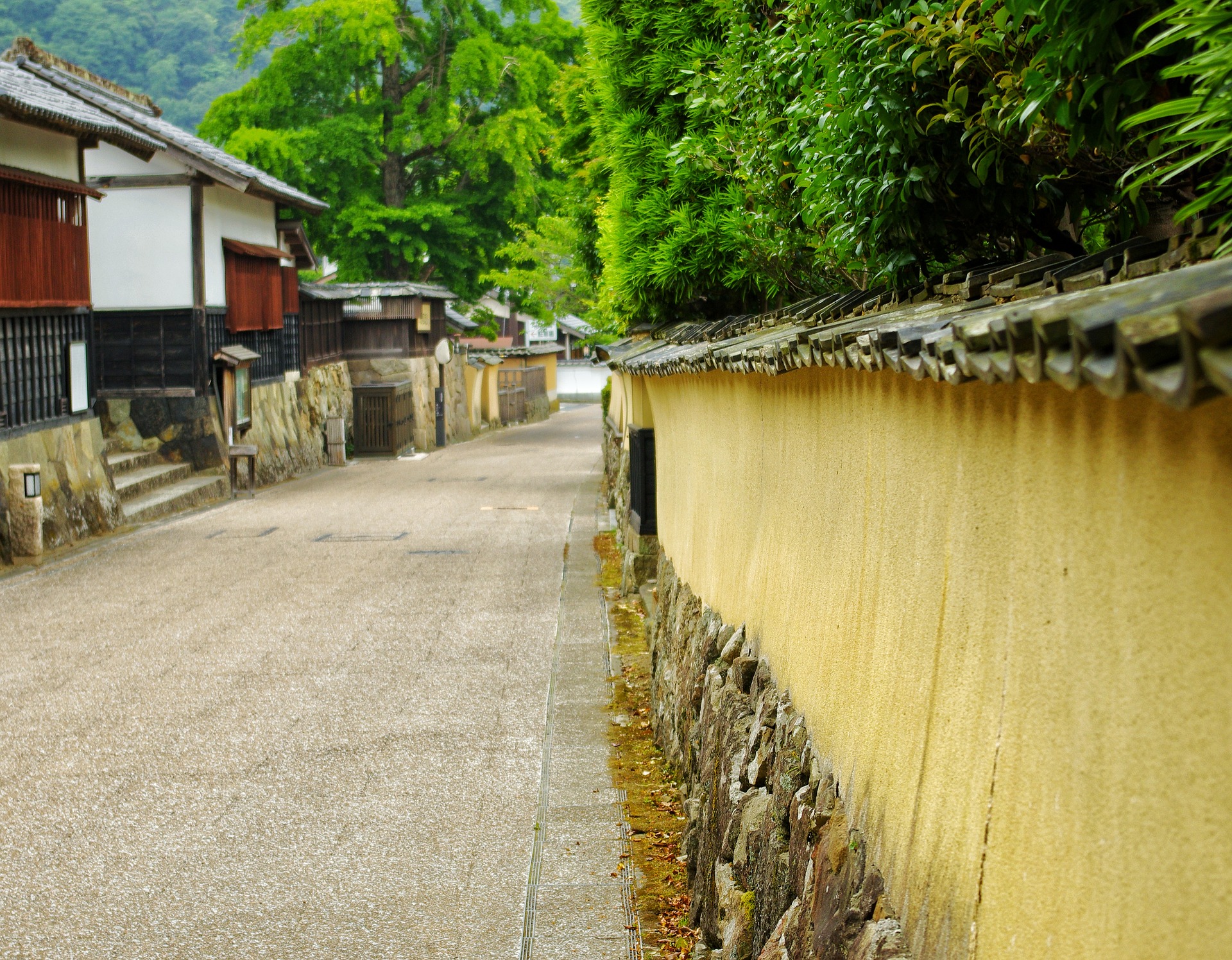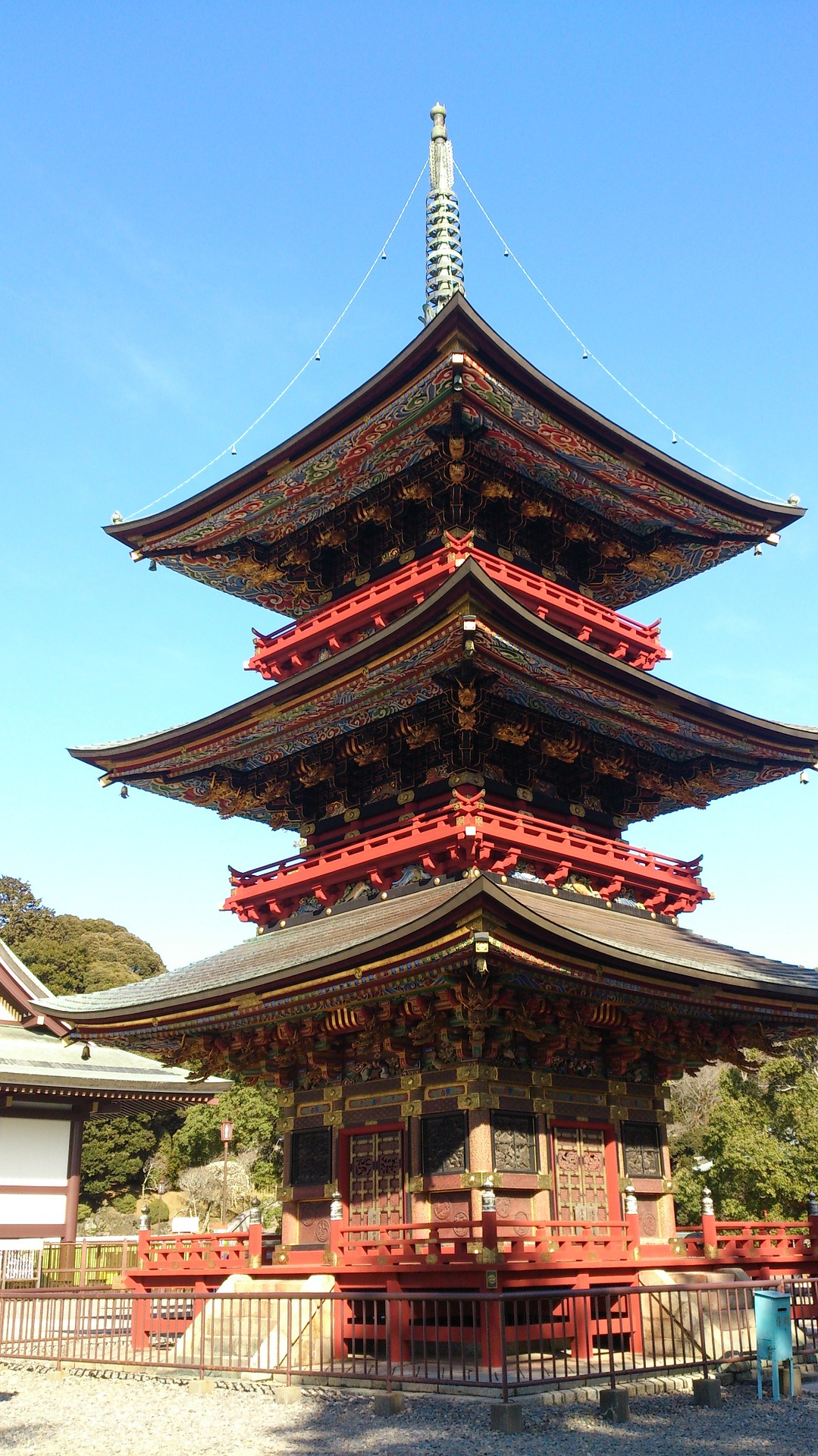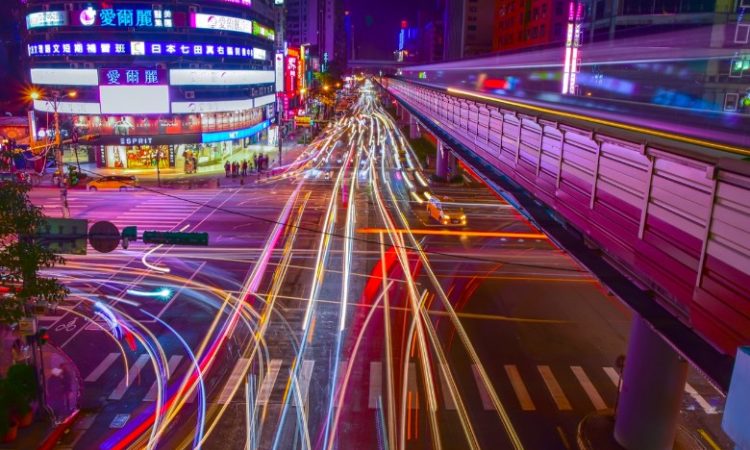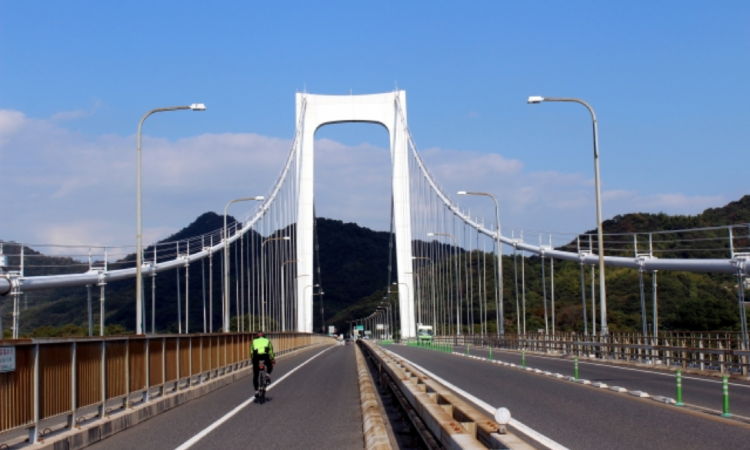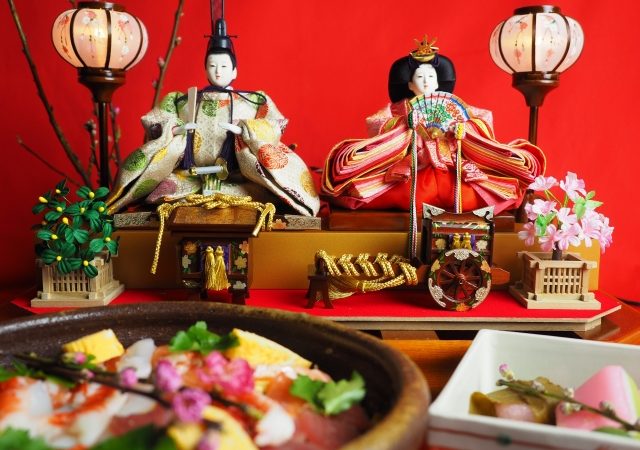Reference:
10 temples and shrines in Tokyo you cannot miss
Asakusa Shrine – The Shrine in the Temple
Japan has so many interesting roads, why not take an excursion and pick out your favorites!
1.Nakamise dori – the approach to Senso-ji Temple – Tokyo
Nakamise-dori, in Asakusa, Tokyo, is the most famous traditional Japanese-style street. The street leads to a large temple called Senso-ji. This place has a historic Edo period atmosphere. Once you pass through the entrance gate, you will feel as if you have been transported back to the Edo era.
The street starts from a very impressive gate called Kaminari-mon (kaminari means ‘thunder’ and mon means ‘gate’). It has an eye-catching huge red lantern hanging from the bottom of the roof, placed just above the entrance through which visitors walk. The lantern has one symbolic big Chinese character 雷 (kaminari) written in the center, which makes the gate very iconic and memorable.
Once you pass through Kaminari-mon, you will see many shops lining street. A lot of them originate from the Edo period. There are several shops I recommend you stop at.
‘Azuma’ is the most popular sweet shop, selling kibi-dango (millet dumplings) on the street. They reproduce the taste and are reminiscent of old millet dumpling recipes.
‘Takeya’ is a shop specializing in quality chopsticks. You can buy a wide range of chopsticks, from pairs for everyday use to high quality pairs costing over twenty thousand yen.
To enjoy the atmosphere of the street in the most authentic way possible, some tourists rent a kimono (or yukata in summer) from a kimono rental store in the area before exploring the street. I found one kimono rental shop just two minutes’ walk from Asakusa station. The shop is called ‘Kosode’. They offer a very good price and speak English as well, so it is pretty much hassle-free when booking, making inquiries, or visiting if you speak English.
After browsing shops in the street toward Senso-ji, you will see another stunning gate called ‘Hozo mon’. It is the gateway to Senso-ji temple. Even though this gate is not as famous as Kaminari-mon, the appearance is still outstandingly beautiful.
Senso-ji is the largest and the oldest temple (completed in year 645) in Asakusa. It is also the most colorful and popular temple in Tokyo. Around New Years especially there are tens of thousands of people visiting the temple to pray. Senso-ji is additionally home several national treasures on the inside.
2.Edo Era jewel Kurazukuri Street and nostalgic Kashiya yoko-cho Street – Sawara, Kawagoe, Saitama
Both Kurazukuri Street and Kashiya yoko-cho Street are located in Kawagoe City, Saitama Prefecture, which is about 40km north of Tokyo. These two beautiful streets are in an area called Little Edo district. In the Edo period, the area was even more prosperous than the city of Edo because of the success of their merchandise. The district still retains impressive Edo-style buildings.
The word ‘Kurazukuri’ means clay-wall built warehouse, and the street has kept the beautiful clay-wall warehouse style merchant houses for over 200 years.
The street with these houses creates a historic Edo period atmosphere that awes visitors. Plus, many shops do in fact have origins in the era, so you will truly feel the history.
The landmark of the street is a tall wooden building called ‘Tokino kane’. It was first constructed 400 years ago. The present structure is the fourth building constructed on the site, 124 years ago. The word ‘Toki’ means ‘time’ and ‘Kane’ means ‘bell’. So it is translated as ‘the bell of time’. The bell chimes four times a day at 6am, 12pm, 3pm, and 6pm. It is the symbol of the town for the residents.
Another traditional Japanese-style street you shouldn’t miss while in Kawagoe is Kashiya Yokocho Street. The word ‘kashiya’ means sweet shop and the word ‘yokocho‘ means side street. The street specializes in selling traditional Japanese style sweets. The road is cobbled with stones and patterned, bright-colored glass tiles. The sweets on these stores’ shelves are very colorful too.
The atmosphere of the street makes older visitors nostalgic and fascinates the young. Just looking around at all the shops along the street is enjoyable for everyone.
3.Nakamise Dori – The approach to Kawasaki Taishi Temple – Kawasaki, Kanagawa
Nakamise Dori is the approach to Kawasaki Taishi Temple, which is the third-most visited temple or shrine site in Japan, after Meiji Jingu shrine and Naritasan Temple. It receives over 2,000,000 visitors every year.
It is located in Kawasaki City in Kanagawa Prefecture.
The Nakamise Dori has just over 60 shops and a welcoming atmosphere. They sell traditional Japanese souvenirs. A very popular souvenir is a candy called Sarashi Ame. This candy is very popular among Japanese tourists, especially old people. Sarashi Ame is produced in a traditional way using ingredients made out of rice starch and maltose instead of refined sugar, so it tastes much more subtle and mild than normal candy made with sugar. A store called ‘Hyobando’, located at the left-hand side of the lower entrance gate, is the pioneer shop of Sarashi Ame.
4.Benzaiten Nakamise Dori in Enoshima island, Fujisawa, Kanagawa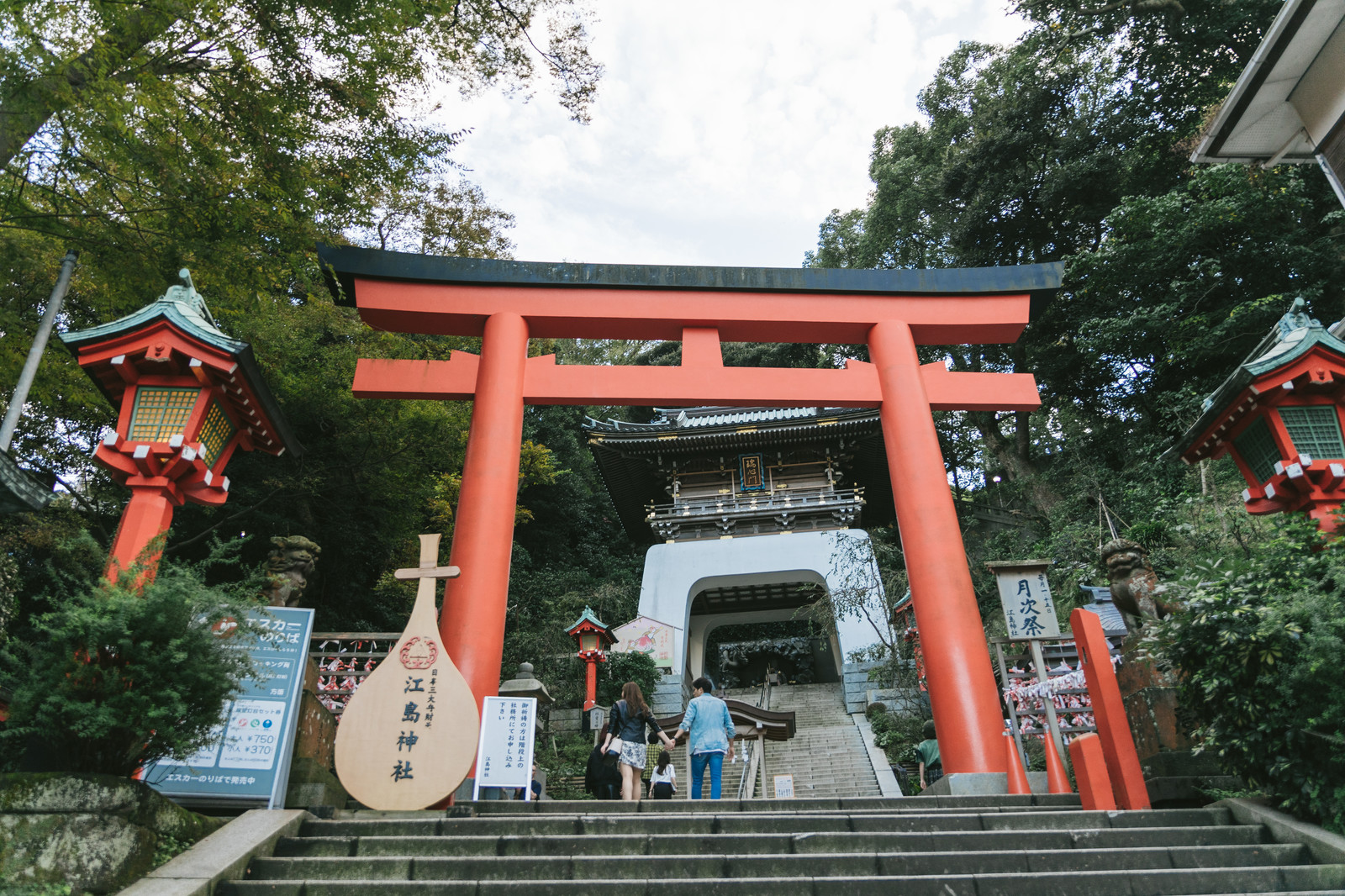
Enoshima is located in Fujisawa, Kanagawa Prefecture. It is located a train ride of just over 1 hour away from Shinjuku Station in Tokyo by an express train called Odakyu Romance Car. Many tourists visit Enoshima as a side trip from Kamakura.
Enoshima is a little hilly island connected to the mainland beach, called Katase Enoshima Beach, by two concrete bridges (one for cars and the other one for pedestrians). The island has a shrine, and the approach road is called Benzaiten Nakamise Dori. There is a pretty Western style garden, a lighthouse, and nice views from the top of the island hill.
Nakamise Street still holds an old traditional atmosphere. The restaurant on the street sells sea food because of the location near the sea port. As it is located near the port, one of the special cuisines of this island is Shirasudon. Shirasu is a young sardine, and don refers to preparation over a bowl of rice. There are several Shirasudon restaurants on the street you might want to try out.
The other special cuisine is Tako senbei (Octopus rice cracker). The senbei is made from a real, whole octopus pressed in a heavy iron presser in front of the customers. They make senbei with whole shrimp and squid as well. The shops tend to have a long line of customers when busy, so you might have to wait for a few hours.
5.Naritasan Shinsyoji Temple and the approach –Narita,Chiba
This temple and the corresponding approach are located in Narita City in Chiba Prefecture. It is very convenient for tourists who are arriving at or departing from Narita Airport. The nearest station to the temple is Narita Station, which is only 10-15 minutes by train from Narita Airport, and around 70 minutes by express train from Tokyo Station. The traditional Edo-style atmosphere attracts many foreign tourists who need to pass a few hours before their flight.
The street passes through three distinct areas.
The first district is Hanazaki-Cho. This district is very popular with foreigners and people working at Narita Airport, abundant with foreign restaurants and shops. There is a very popular ramen noodle restaurant called ‘Ramen Bayashi’ located in this area.
The secound area, with Nakamachi and Saiwai-cho, welcomes visitors with very traditional Edo-style buildings. There are some stores that have been in business for over 100 years. Many traditional restaurants in this district serve the traditional and special cuisine, ‘Teriyaki eel’ (the eel is often served over a bowl of rice).
The last area includes Honmachi, Tamachi, and Monzen Hiroba. At the end of the street you will see a magnificent entrance gate to the temple. From the entrance area you can take a free, volunteer-guided tour of the temple.

